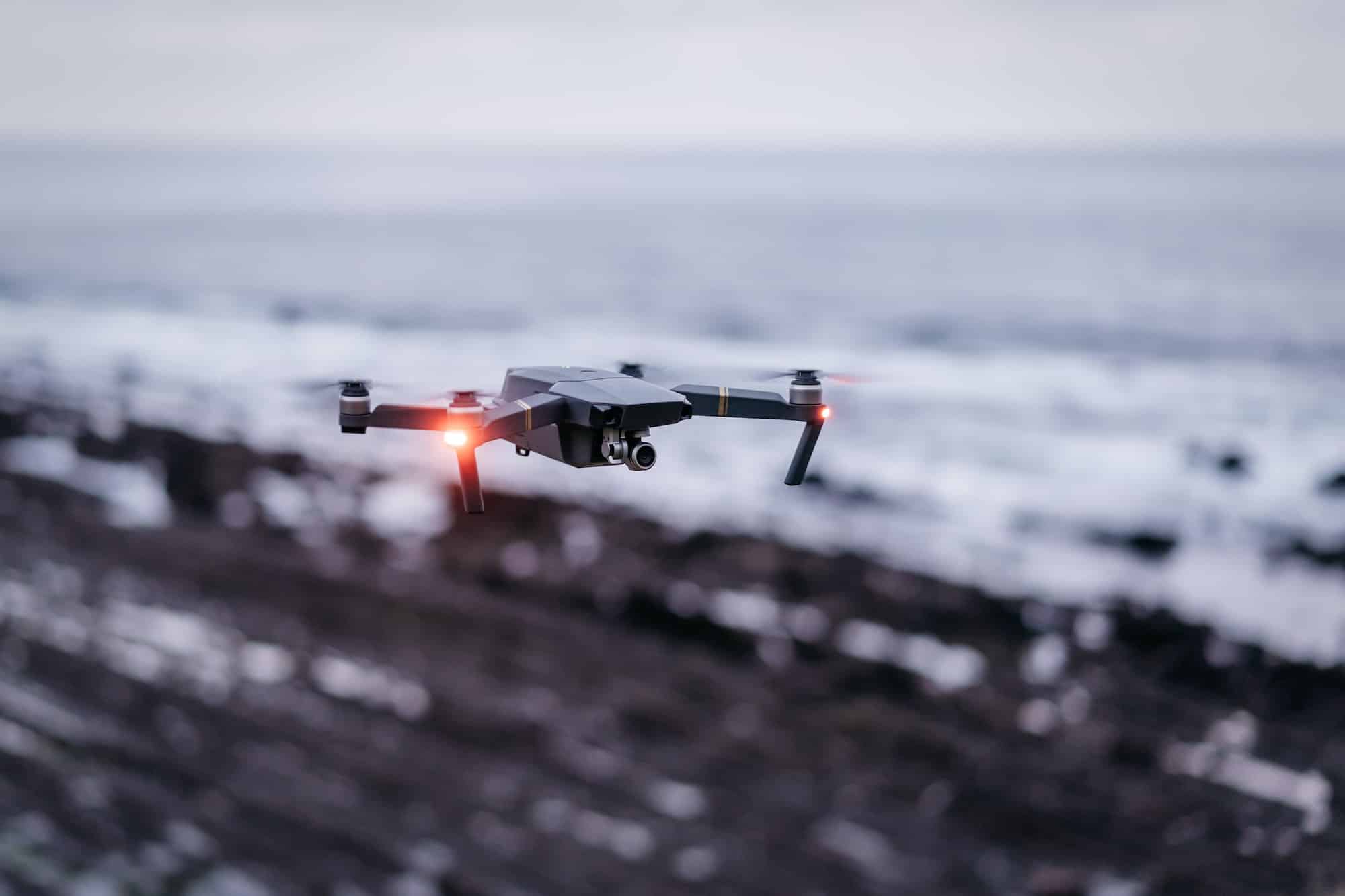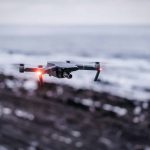Drone swarming technology, an offshoot of the rapidly advancing world of Unmanned Aerial Vehicles (UAVs), is beginning to make waves in several fields, including environmental conservation. This innovative technology harnesses the collective intelligence of independently operated drones, enabling them to perform various tasks in unison, much like a swarm of bees or a flock of birds.
The Concept of Drone Swarming Technology
The idea behind drone swarming technology is not new, drawing inspiration from the natural world. A swarm of bees, for example, can adapt and respond to their environment, communicating and working together to achieve common goals. In the technological sphere, a drone swarm operates on the same principle.
Also read : How Can Quantum Computing Enhance Complex System Simulation in Engineering?
A swarm-based system includes numerous UAVs that are networked to a single base or ground station. This ground station uses advanced data management systems to control and coordinate the drones, allowing them to work together in a swarm.
By creating a swarm of drones, it’s possible to cover larger areas in a shorter amount of time. This is particularly useful in environmental conservation efforts, where large tracts of land or water need to be monitored.
Also to read : What Are the Latest Advancements in Anti-Drone Defense Systems?
The Role of Swarming Drones in Environmental Conservation
Drone swarms offer an efficient, cost-effective solution for several environmental conservation needs. They can be used for tasks ranging from data collection to monitoring wildlife and habitat health, and even aiding in disaster management.
Data Collection: Swarming drones offer the potential for high-quality, time-efficient data collection over large areas. Equipped with various sensor technologies, these drones can gather a range of data, from temperature and humidity readings to visual images and videos. This data can help scientists monitor changes in the environment and make informed decisions about conservation efforts.
Wildlife Monitoring: Using drone swarms, conservationists can monitor wildlife populations in their natural habitats. This not only reduces the risk of human disturbance but also allows for the tracking of animals in remote or inaccessible areas. This technology can also help in identifying threats such as poaching activities, enabling timely and effective interventions.
Habitat Health Monitoring: Drone swarms can be used to monitor the health and condition of various ecosystems. They can quickly cover large areas, providing real-time data on vegetation health, water quality, and signs of environmental degradation.
Disaster Management: In the aftermath of a natural disaster, swarming drones can provide valuable data that helps in coordinating recovery efforts. They can map affected areas, identify damage and risks, and guide the deployment of resources and personnel.
How Drone Swarming Technology Works
The process begins with a ground station sending commands to the drones in the swarm. These commands can include flight patterns, area coverage, data collection parameters, and even specific tasks like identifying wildlife or gathering aerial imagery.
The drones then execute these commands, all the while communicating with each other and the ground station. This communication allows the swarm to function as a single entity, adjusting and adapting to changing conditions in real time.
Drone swarming technology employs sophisticated algorithms that mimic the behavior of natural swarms. These algorithms allow the drones to maintain formation, avoid obstacles, and share data amongst themselves, effectively enabling them to make collective decisions.
The Potential and Challenges of Drone Swarming Technology
While drone swarming technology holds immense potential for environmental conservation, it also presents various challenges. These include technical issues like communication interference, power management, and control complexities. There are also regulatory and ethical issues to consider, such as privacy concerns and potential misuse.
Drone swarming technology is still in its early stages, and as it develops, these challenges will need to be addressed. However, the benefits it offers – in terms of cost, efficiency, and the ability to monitor and react to environmental changes in real time – make it a promising tool for conservation efforts.
In conclusion, drone swarming technology is opening up new possibilities in the field of environmental conservation. As this technology continues to evolve, it promises to revolutionize how we monitor and protect our natural world.
From Search and Rescue to Precision Agriculture: The Versatility of Swarm Technology
Swarm technology in drones can be utilized in a myriad of environmental conservation endeavors. The ability of drone swarms to cover vast areas quickly and provide real-time information makes them valuable in search and rescue missions. For instance, in the event of forest fires, drones can scout the area, identifying the intensity and direction of the fire, wind speed, and the safest evacuation routes. The swarm, working as a harmonious unit, can cover larger areas faster than a single drone or human team could.
Similarly, in precision agriculture, drone swarms offer a more efficient way of assessing crop health. Equipped with high-resolution cameras and sensors, drones can capture detailed images of the crops, detect pests or diseases early, and assess soil health. By providing this data in real time, farmers can make more informed decisions about irrigation, fertilizer application, and pest management, leading to sustainable and productive farming practices.
Furthermore, the versatility of the drone system extends to monitoring water bodies. Drones can measure variables such as flow rate, water quality, and changes in the river’s course, providing valuable data for environmental conservation and disaster response efforts. The ability to work in both fixed wing and multi-rotor modes gives drone swarms an added advantage, as they can adjust to diverse terrains and weather conditions.
Overcoming the Challenges and Embracing the Future of UAV Technology
Drone swarming technology, though promising, is not without its challenges. Communication interference between drones in the swarm, power management issues, and the complexities of controlling multiple drones simultaneously are all technical challenges that need to be addressed.
Regulatory concerns also pose a challenge, with drone operations needing to comply with local, national, and international laws. Additionally, ethical issues such as privacy concerns and potential misuse of technology are also considerations that need to be addressed for the successful implementation of drone swarm technology.
Innovation and advancements in technology have the potential to overcome these challenges. For instance, developments in swarm intelligence algorithms can improve decision-making within the swarm, making them more responsive in real time. Similarly, technological advancements can lead to more energy-efficient drones, alleviating power management issues.
As we look to the future, the potential of drone swarms in environmental conservation is immense. From monitoring wildlife and ecosystems to aiding in disaster response and precision agriculture, the applications of this technology are as diverse as they are promising.
In conclusion, drone swarming technology offers an innovative solution to the challenges of environmental conservation. As we navigate the complexities of this new technology, we must remember to balance potential benefits with ethical considerations. But the promise it holds – the ability to monitor and react to environmental changes in real time – offers hope for a more sustainable future. And as UAV technology continues to evolve, it will undoubtedly play a significant role in protecting our precious natural world.








